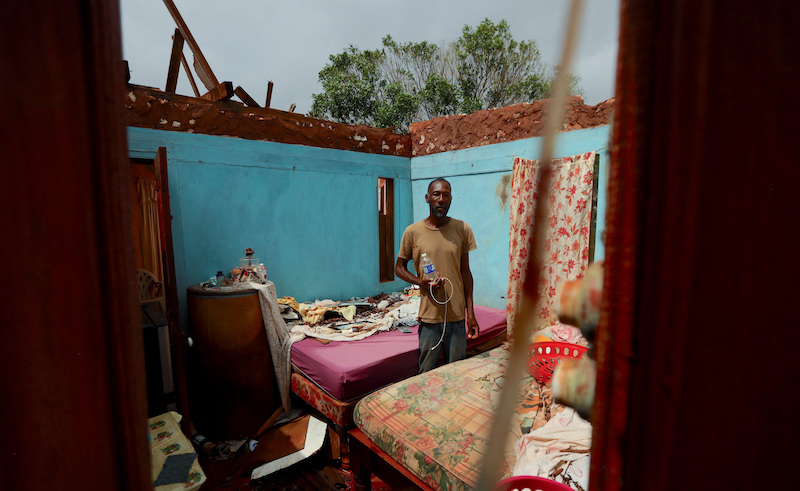The board of the fund has agreed on a name and a host country at a meeting in South Korea, but trickier issues remain
As Caribbean nations tallied the destruction caused by the passage of Hurricane Beryl, the board of the fund set up to compensate for such devastating loss and damage held its second meeting this week.
“The level of damage is apocalyptic,” said Henrietta Elizabeth Thompson from Barbados, among the countries worst hit by the natural disaster, at the start of the four-day session in Incheon, South Korea.
The board needs to create a fund that “reflects the scale of the magnitude, of the risk, the damage and devastation faced by people across the world and the urgency required to respond to it,” she added.
But before the fund starts handing out any money in future, board members have to agree on procedural matters.
A name and a place
On the opening day, the Philippines was picked as the host of the fund’s board in a secret vote by members. The Southeast Asian nation defeated bids from seven other candidates: Antigua and Barbuda, Armenia, Bahamas, Barbados, Eswatini, Kenya and Togo.
Selecting a host country was one of the most pressing priorities for this week’s meeting. It represented a first necessary step for the board to take up a legal personality and enter into formal agreements with the World Bank, set to host the loss and damage fund on an interim basis.
Sign up to get our weekly newsletter straight to your inbox, plus breaking news, investigations and extra bulletins from key events
While the administrative staff of the fund will be based at the World Bank, the board will carry out some of its meetings in the Philippines in the future, likely in the capital Manila. The country’s proposal scored particularly high thanks to its abundant transport options and accommodation facilities and its visa free entry for short stays for most visitors, according to a background paper.
A man stands in a home where the roof was ripped apart, in the aftermath of Hurricane Beryl, in St. Elizabeth Parish, Jamaica, July 5, 2024. REUTERS/Maria Alejandra Cardona
The somewhat thorny issue of what to officially call the fund also landed on the table in South Korea.
For nearly all climate talks participants, it’s simply been the “loss and damage fund” since it was adopted at COP27, but the United States have made various attempts at a rebrand. At COP28 in Dubai, for example, then U.S. climate envoy John Kerry kept referring to the “fund for climate impact response” – a more neutral label that softened the suggestion of developed countries’ historical responsibility.
In consultations ahead of the meeting, the co-chairs of the board collected various options, from the minimalistic “the Fund” to the highly technocratic “Fund referred to in decisions 1/CP.28 and 5/CMA.5”.
Ultimately, members decided to go with “Fund for responding to Loss and Damage”, abbreviated as FLD, without spending much time debating the matter.
Beware the ‘billions’
Divisions cropped up when the discussion turned to the process of selecting the executive director (ED). Hoping to announce the name of the executive director at COP29 this November, the board had to agree at this session on the criteria for picking the fund’s boss, including the roles and responsibilities.
Several board members from developing countries wanted the ED’s job description to mention efforts to find additional money for the fund at the scale of billions. “If you have someone running a fund of 100 million, this is totally different from 10 billion, 55 billion, or 100 billion,” said Egypt’s Mohamed Nasr, “the scale of this fund is not confined to where it is”.
Where East African oil pipeline meets sea, displaced farmers bemoan “bad deal” on compensation
Countries have pledged around $700 million to the fund so far, with Italy, Germany, France and the United Arab Emirates among the biggest contributors. The United States has pledged only $17.5 million. South Korea pledged $7 million at this week’s meeting. The residual costs from loss and damage is projected to reach a total of $290 billion to $580 billion by 2030, according to a 2018 study.
But some developed country board members, including the US, rejecte
Read More


